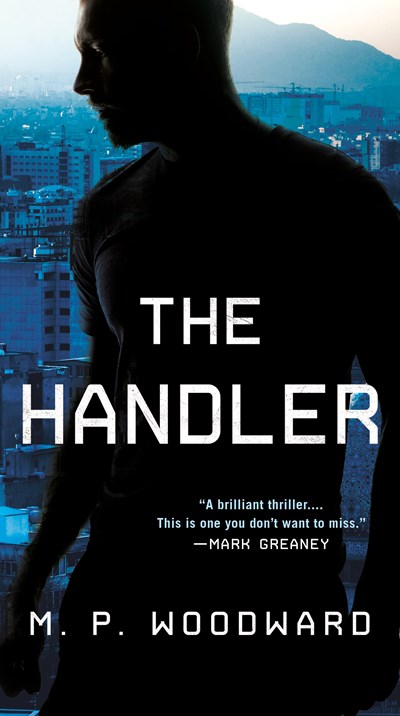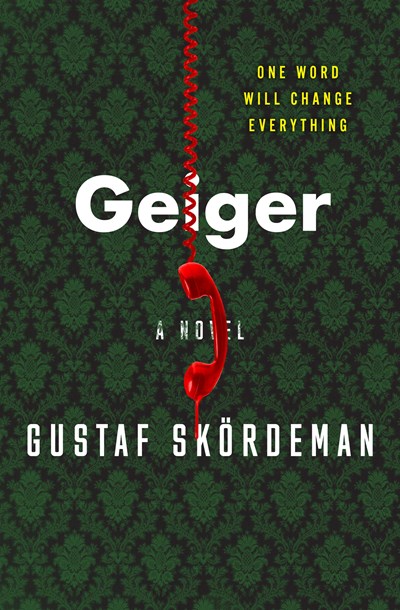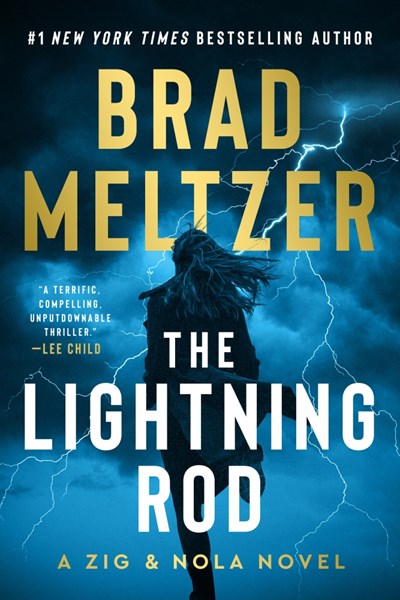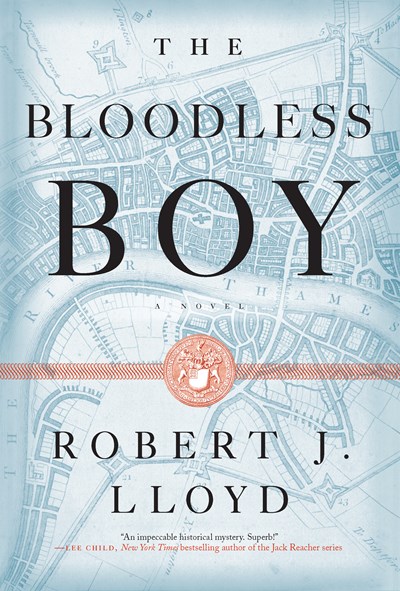Meredith Morris-Dale used to work with her husband, John. Now they’re divorced and moving on, their daughter grown and out on her own and John retired and pursing his passion as an artist. Meredith’s job needs John for one last gig, though. That wouldn’t be too unusual except that the task is for him to re-up in the CIA and re-establish contact with a scientist who’s sabotaging Iran’s effort to build a nuclear bomb. John was suspended from “the company” for an operation that went wrong, the traumatic details of which are slowly revealed; he also doesn’t want back in, but Cerberus, as the Iranian scientist is known to the CIA, won’t deal with anyone else. Soon John’s on a perilous journey to find Cerberus, a journey on which he’s pursued by other global bad guys who are using him to pin down details of the international spy network and move up in the superpower ranks. From the opening, this is like the best kind of action movie—fast moving, smart subplots, hair-raising escapes from death. Adding to the action is John’s decency toward the good people he meets and ruthlessness with all the rest. If you’ve ever wondered what a much scruffier James Bond would be like, this is the book for you.
Espionage
Talk about jumping right into the thick of the story. As Skördeman’s debut opens, a wife says goodbye to her visiting daughters and grandchildren, picks up the phone, and, hearing just the word Geiger, shoots her husband in the head. We have no idea why she would do this nor where she’s headed after immediately going on the run, and what unfolds is more bizarre than we could have imagined. It’s also much weirder than the Swedish public ever thought could happen to the victim, a beloved TV presenter and jolly father figure known as Uncle Stellan. Espionage involving Sweden’s relationship with East Germany during the Cold War and after, and the relationship between Uncle Stellan’s spoiled, mean daughters and their childhood friend and bullying target Sara—now a police officer who elbows her way into the investigation—are highlights of this tale, as are the frequent head-spinning twists. Potential readers should note that child sexual abuse is a major plotline here. For fans of Elizabeth Elo’s Finding Katarina M., which also has echoes of a communist regime.
Meltzer, Brad. The Lightning Rod (A Zig and Nola Novel #2). March 2022. 432p. William Morrow.
The intriguing setting here is life around Dover Air Force Base’s mortuary, where fallen soldiers are prepared for burial. In the opening title in this series, Escape Artist, Dover mortician “Zig” Zigarowski helped the Army’s Artist-in-Residence, Nola Brown, who was on the run. Now, Nola, a master at sabotaging the military’s plans for her, clandestinely attends a funeral at Dover, and the action revs back up. Meltzer’s thrilling plot veers from flashbacks to Nola’s dangerous childhood to glimpses inside the military’s orchestration of public knowledge about threats to our lives. Meltzer’s talent for detail makes even idle moments leap to life. While Nola waits for a computer program to load, a gust of wind rolls a beer can into a shopping cart that’s on its side; a nurse who encountered Nola has a necklace with a charm for each of her children, all boys. These mundane moments also highlight the casual viciousness that faces characters at every turn. Personalities, too, offer extreme contrasts: Zig prides himself on having done a loving job with the care of dead soldiers, while his foes care for nobody and stop at nothing to win. Fans of military thrillers should clear a weekend for this; it’s gripping.
“Life owns a way of disappointing most,” notes a character in Lloyd’s meticulously written and researched debut, in which murder is hot on the heels of the disappointments. One of the killings is the goriest I’ve ever read: brace yourself for a man having his Adam’s apple bitten out, with the gruesome fruit spat out to roll across the floor. And that’s only a minor character, one of those enmeshed in the politics swirling through London’s grimy, cold winter of 1678, when paranoia about Catholic plots to kill the King and turn the populace toward popery abounds. A light in the gloom is real-life polymath Robert Hooke, who leaves his elaboratory experiments to investigate the murder of the book’s titular boy. The child is found with his blood entirely removed, dates written beside various wounds on his body, and a coded message left on his chest. Once Hooke’s newly invented means of creating a vacuum in a jar is employed to preserve the body, the sleuthing is afoot. London of the day is almost its own character here, with Lloyd shoving readers into the chill, stink, and fear for a wonderfully atmospheric time. Try this if you enjoyed Cathedral of the Sea by Ildefonso Falcones, which illuminates the same era, but in Barcelona
Journalist Sofie Morse is puzzled when U.S. First Lady Lara Caine, who at first appears to resemble Melania Trump—Eastern-European former model, cold demeanor, revolting husband—asks Sofie to write her biography. Sofie grows more bemused when interviews for the book reveal intimate details of Lara’s shocking history, a backstory that the president’s devotees won’t like at all. The tale woven by the First Lady is both a romance and a political drama that takes readers from Moscow to Paris and then New York, as Lara grows from dutiful Russian child to rebellious teenager, becoming forever changed by powerful love with a Soviet resistor while the regime he loathes crumbles. In the present day, Sofie and her husband are dragged into peril themselves as the interviews play out, with Lara’s family in the past and Sofie’s in the present embodying Churchill’s description of Russia as “a riddle, wrapped in a mystery, inside an enigma.” After Pitoniak’s (Necessary People, 2019) absorbing, immersive thriller, readers who enjoyed the romantic side of the work should try Paullina Simons’s The Girl in Times Square, while those who liked the dysfunctional Russian family aspect should be steered toward Zhanna Slor’s At the End of the World, Turn Left.





